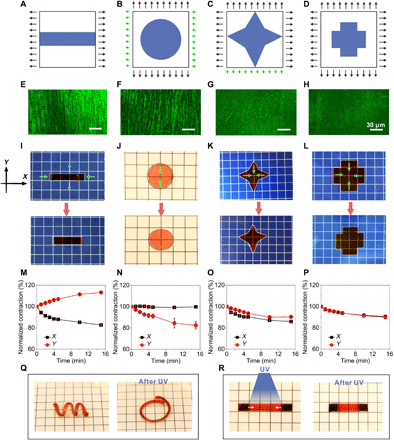Fig. 4. Programmable property of the EDG based on elastic energy storing and releasing method.

(A to D) Schematic designs, the p(AAm-co-AAc) hydrogel was encoded with the applied mechanical force. (E to H) Confocal images of the hydrogel structures after stretching and fixed. (I to L) Optical photographs of edited EDG materials before and after exposure to the UV light. (I) Contracted in x-axis direction and extend in y axis. (J) Shrunken in y-axis direction under keeping constant length in x-axis direction. (K) Three vertices (left, top, and right) contracted but the bottom remained constant. (L) Isotropic shrinkage. (Photo credit: Yanfei Ma and Mutian Hua, University of California Los Angeles.) (M to P) EDG showed contractility from anisotropic to isotropic. (Q) EDG based on elastic energy storing and releasing method could achieve 3D contraction under UV light. (R) EDG could locally shrink after local exposure to UV light. The size of the grid unit in the photo background is 6.5 mm by 6.5 mm. Photo credit: Yanfei Ma, University of California Los Angeles.
